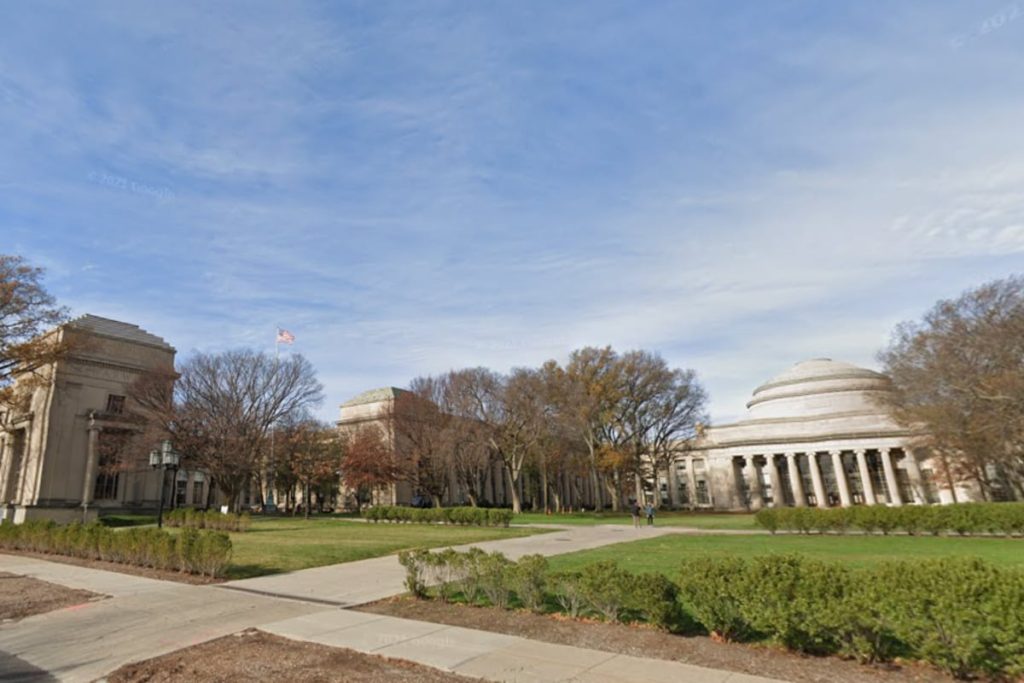MIT is steaming ahead with its latest vision for revitalizing manufacturing in the United States, driven by a robust consortium of academic minds and industry juggernauts. The university’s recent launch of the Initiative for New Manufacturing (INM) aims to inject innovation, productivity, and resilience into the manufacturing sector. As reported by MIT News, INM will navigate the implementation of groundbreaking technologies, address employment in the field, and look to scale up operations for heightened impact.
At the helm of this ambitious project is John Hart, who emphasized the critical nature of manufacturing as not just an economic pillar, but a social one as well, “Manufacturing is the engine of society, and it is the backbone of robust, resilient economies.” With societal and economic prosperity in mind, INM has outlined four key themes to guide its mission, including the reimagination of manufacturing technologies and systems, and transforming the manufacturing base. Hart, who is the head of MIT’s Department of Mechanical Engineering (MechE) and faculty co-director of INM, highlighted that manufacturing is a lively topic in today’s news landscape, reflecting a broader acknowledgment of its integral role.
Industry giants like Amgen, Autodesk, and GE Vernova have signed on as founding members of INM’s industry consortium, showing unwavering support for MIT’s latest foray into manufacturing modernization. These companies have committed to a minimum of $500,000 per year over three years, the sort of backing that enables comprehensive research collaborations and shared strategic endeavors, particularly in areas where artificial intelligence and automation intersect with manufacturing. John Hart, while discussing industry collaborations, pinpointed AI and automation as pivotal technologies that can enhance and accelerate development, deployment, and monitoring production processes.
Furthermore, this initiative is not just about technological advancements but also strengthening the workforce. INM is concentrating efforts on education and training, developing alliances across corporations, and community colleges among other partners, advocating for the revitalization of interest in manufacturing careers. Hart told MIT News, “We’ll scale our curriculum to broader audiences, from aspiring manufacturing workers and aspiring production line supervisors all the way up to engineers and executives.” These education programs are critical as they prepare the workforce for not just today’s manufacturing landscape but also for the technologically advanced horizon the initiative envisions.
In addition to supporting current manufacturing mindsets, the INM is setting its sights on future innovations. MIT plans to further its cooperation with industry at shared facilities like MIT.nano and will open new manufacturing-related labs. This step promises deeper corporation-university collaborations, delivering not just advanced technology but also joint research efforts on various fronts, such as textile weaving or battery manufacturing acceleration. It’s a two-way street where industry involvement with students and researchers fosters innovation while students contribute fresh perspectives and energy to tackle prevalent manufacturing challenges.
With the United States retaining its rank as the world’s second-largest manufacturing economy despite job losses and innovation declines, INM could be the catalyst for change. The program not only focuses on leveraging technology to expand the manufacturing base but also seeks to proliferate digital technology, enabling companies to outpace their competition significantly. As part of a larger ecosystem of investing in manufacturing, John Hart remains optimistic about the opportunity to “re-industrialize, to build the factories and production systems of the future,” promising a transformative effect on the country’s economic landscape. The initiative’s strategic approach aligns technology with human capital development, ensuring that the shift towards advanced manufacturing also cultivates an innovative and skilled workforce to support growth and competition in the global market.

